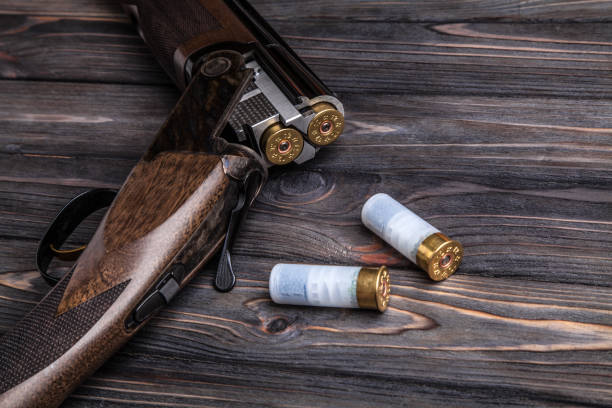
Choosing the Right 20 Gauge Ammo: A Buyer’s Guide
Selecting the right 20 gauge ammo is crucial for achieving optimal performance and success in your shooting activities. With the wide variety of loads available, it’s important to understand the different factors that come into play when choosing the right ammunition. Whether you’re a seasoned shooter or new to the world of shotguns, this buyer’s guide will help you make an informed decision when selecting 20 gauge ammo.
- Determine Your Intended Use: The first step in choosing the right 20 gauge ammo is to determine your intended use. Are you planning to use it for sporting activities like clay shooting or bird hunting, or are you looking for self-defense purposes? Different loads are specifically designed for various applications, so identifying your intended use will help narrow down your options.
- Consider Shot Size: Shot size refers to the size of the individual pellets contained in the shotshell. It’s an important factor to consider when selecting 20 gauge ammo. Smaller shot sizes, such as #8 or #7.5, are commonly used for clay shooting and hunting small game. On the other hand, larger shot sizes, such as #4 or #3, are suitable for hunting larger game or self-defense. Consider the type of targets or game you’ll be engaging with to determine the appropriate shot size.
- Evaluate Shotshell Length: 20 gauge ammo comes in different shotshell lengths, typically ranging from 2 ¾ inches to 3 inches. The shotshell length affects the amount of powder and shot payload, which can impact velocity, pattern density, and recoil. Standard 2 ¾ inch shells are common and offer a good balance between performance and recoil. Longer shotshell lengths, like 3 inches, provide increased shot payload and velocity, which can be beneficial for hunting larger game.
- Understand Shotshell Types: There are different types of shotshell loads available for 20 gauge ammo. These include target loads, birdshot loads, buckshot loads, and slug loads. Target loads are designed for clay shooting or general target practice, while birdshot loads are ideal for hunting birds or small game. Buckshot loads are used for self-defense or hunting larger game at close ranges. Slug loads are primarily for hunting larger game at longer distances. Determine the specific type of load that aligns with your shooting needs.
- Consider Recoil: Recoil can significantly impact your shooting experience, especially if you’re sensitive to it or have limited shooting experience. Lighter loads or lower recoil options can help mitigate the effects of recoil and improve your shooting comfort. However, keep in mind that lighter loads may have reduced power or range, so find a balance between recoil management and performance.
- Research and Compare Brands: Not all ammunition brands are created equal. Research and compare reputable brands known for their quality and reliability. Read customer reviews, seek recommendations from experienced shooters, and consider the reputation of the manufacturer. Reliable brands often deliver consistent performance and offer a wide range of options to suit different shooting needs.
- Adhere to Local Regulations: Before purchasing 20 gauge ammo, familiarize yourself with local laws and regulations regarding the purchase, possession, and use of ammunition. Ensure you comply with any age restrictions, permits, or other legal requirements specific to your area.
By considering these factors and conducting thorough research, you can choose the right 20 gauge ammo for your shooting activities. Remember to prioritize your intended use, shot size, shotshell length, shotshell types, recoil, and the reputation of the manufacturer. With the right ammunition, you can enhance your shooting experience and achieve better results in the field.
Leave a Reply